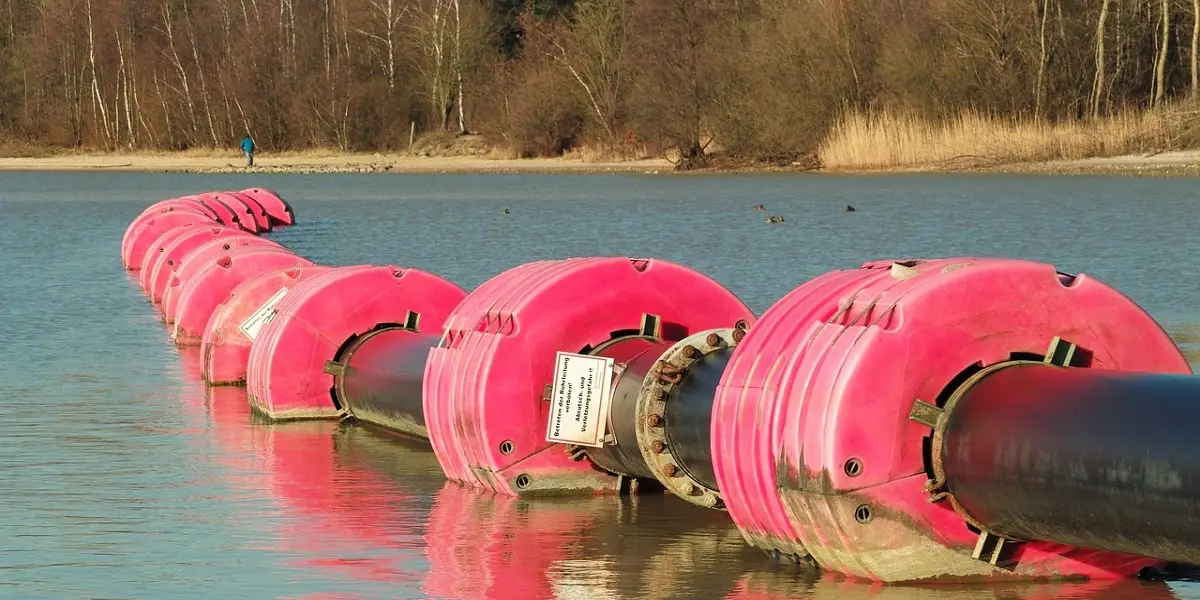The internet has revolutionised the way we access information. With just a few clicks, we can find answers to almost any question. However, the convenience comes at a cost. Not all information online is accurate, and misinformation spreads faster than ever. Social media, biased news sources, and unverified blogs contribute to a growing problem of people believing false or misleading content. In this era of information overload, it is crucial to rely on fact-based research. Trusted platforms like Pandanus Books play a vital role in ensuring access to reliable, expert-reviewed data.
The Rise of Misinformation Online
Misinformation is everywhere. Social media algorithms prioritise engagement over accuracy, thus spreading false claims at a tremendous rate. Headlines that mislead, out-of-context statistics, and manufactured stories influence the public’s perception. Many of these are not verified sources before people fall prey to them, thus causing a lot of confusion. Fact-based research counters this problem by providing well-researched, credible insights that will help individuals make informed decisions.
The Role of Trusted Research Platforms
Pandanus Books and other trustworthy research platforms offer well-evaluated and meticulously analysed facts. These platforms guarantee accuracy through thorough fact-checking and peer-reviewed research, in contrast to unreliable online sources. These resources enable people to obtain trustworthy information without running into the danger of false information, whether for scholarly research, policymaking, or general understanding.
The Impact of False Information on Society
False information has real implications and is more than simply a trivial inconvenience. False medical claims can influence people to make poor health decisions. Political misinformation can sway public opinion by offering inaccurate information. Misconceptions about the economy could force financial markets to panic. These concerns can be avoided by having access to confirmed research that provides accurate data rather than guesswork.
How to Identify Reliable Sources
To avoid falling for misinformation, it’s essential to recognise credible sources. Here’s a simple guide:
- Check the author’s credentials and expertise.
- Look for sources that cite verifiable data.
- Avoid websites with sensationalist headlines or extreme biases.
- Cross-check information with multiple reputable sources.
- Use platforms like Pandanus Books that prioritise factual accuracy.
Why Open Access to Research Matters
Access to fact-based research should not be limited to scholars and professionals. Everyone deserves the right to reliable information. Platforms that provide free, expert-reviewed content help bridge the knowledge gap. They empower students, educators, policymakers, and the general public to make informed decisions that benefit society.
Wrapping Up
In a world where misinformation spreads rapidly, fact-based research is more important than ever. Trusted platforms like Pandanus Books offer a solution by providing reliable, expert-reviewed content. By choosing accurate sources and being critical of what we read online, we can combat misinformation and contribute to a well-informed society. Knowledge is power, but only when it’s based on facts.





